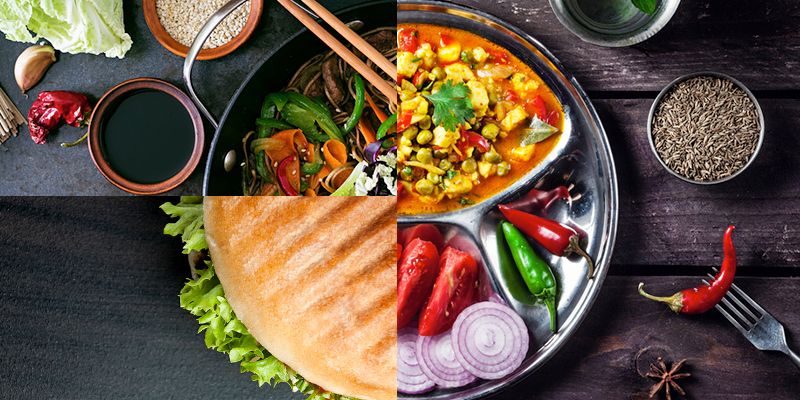
The art of food creation, a thrilling journey of exploration, has a long and rich history. Over the decades, there has been a significant evolution in the cooking method, authenticity, and taste to entice the palate. Culinary art has developed dynamically from serving the masses to developing it into a business.
Not just the preparations but also the presentation, flavours, and techniques have seen a shift and advancement over the years. This is nothing but the innovation that has sprung up and transformed the food production industry.
The exchange of cultures during the early divides and the migration of individuals to different countries marked the beginning of innovation in the culinary space. Initially, the developments were only restricted to introducing food items from various cultural backgrounds, but slowly, they were elevated to the concept of fusion.
The food creation sector gained a new perspective when flavour fusion, a unique concept well-marinated with the term innovation, was launched. This included changes to the cooking procedures and the use of technological improvements. Whether it’s the intricate spice blends of Indian cuisine, the comforting stews of French cooking, or the vibrant flavours of Latin American dishes, each tradition brought its unique flair.
With time flying, the industry got a new buzzword, “customisation”, a key aspect of flavour fusion where the innovation was driven by audience demand and expectations. With the ability to customize their tastes, this trend revolutionized the dining experience, empowering consumers to shape the future of food.
From adding indie flavours to Italian pizza and Mexican patties to Indian burgers, the preferences became challenging and exciting with every food item launched. In addition, the tendency of customisation was further heightened by DIY (Do it yourself) Biryani, which allowed customers to select the proteins, toppings, and spice levels that best suited them.
In today’s competitive market, staying ahead of the curve is essential for any food business. With consumers becoming increasingly adventurous in their culinary preferences, there is a growing demand for unique and innovative flavours that offer a fresh take on traditional dishes. This transformation in the food industry, driven by customisation, has led to a significant surge in the last few years, demonstrating the power of flavour fusion. The Indian food market, valued at $77.54 billion as of 2024, is expected to reach $125.06 billion in 2029.
This change has led to a global marketing approach in addition to the food business flourishing from flavorful experiences. Since then, the food businesses have maintained their core identity by expanding their brands across the globe, attracting audiences, standing out in a saturated market, and building profits through experiential marketing. This has also unlocked the potential of cloud kitchens in India.
The world of social media continues to drive trends, propelling the rise of global food festivals into the spotlight. An increasing number of people eagerly anticipate these events, seeking opportunities to connect and immerse themselves in the experience. Simultaneously, the fusion of traditional cuisines with modern twists has unlocked a creative avenue for content creators to explore and generate income through their culinary storytelling.
Flavour fusion represents a dynamic and exciting food creation approach that combines tradition and innovation. It is not just a culinary philosophy but a powerful business strategy that propels growth, promotes creativity, and sets businesses apart in a competitive market.
By embracing this trend, food businesses can stay true to their roots while continuously evolving and delighting customers with new and exciting culinary experiences, thereby securing their position in the market and unlocking new avenues for success.
Mohammed Bhol is a Co-Founder & CEO of House of Biryan
(Disclaimer: The views and opinions expressed in this article are those of the author and do not necessarily reflect the views of YourStory.)
